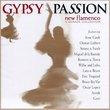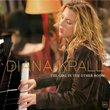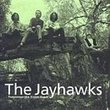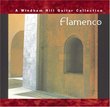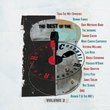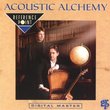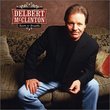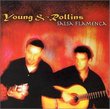| All Artists: Nuevo Flamenco Title: Nuevo Flamenco: 18 Sounds From Streets of Spain Members Wishing: 1 Total Copies: 0 Label: Music Club Original Release Date: 3/18/1997 Release Date: 3/18/1997 Genres: International Music, Latin Music Styles: Europe, Continental Europe, Latin Music, Flamenco Number of Discs: 1 SwapaCD Credits: 1 UPC: 614475002027 |
Search - Nuevo Flamenco :: Nuevo Flamenco: 18 Sounds From Streets of Spain
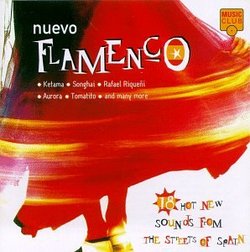 | Nuevo Flamenco Nuevo Flamenco: 18 Sounds From Streets of Spain Genres: International Music, Latin Music
This Compilation Displays a Startling, Contemporary Side to the Timeless Tradition of Flamenco, Buzzing with the Vitality of Hip Young Stars Raised on a Diet of International Pop, Soul, Jazz and Salsa. Artists Include Keta... more » |
Larger Image |
CD DetailsSynopsis
Album Details This Compilation Displays a Startling, Contemporary Side to the Timeless Tradition of Flamenco, Buzzing with the Vitality of Hip Young Stars Raised on a Diet of International Pop, Soul, Jazz and Salsa. Artists Include Ketama, Songhai, Duquende, Tomatito, Aurora, Enrique Morente and Pepe De Lucia. Similarly Requested CDs
|
CD ReviewsNo es Flamenco Enrique Torres | San Diegotitlan, Califas | 11/21/2000 (5 out of 5 stars) "Change is inevitable but sometimes things are left best alone. Nuevo Flamenco is a hybrid music that is for the most part far removed from it's roots. It's paella with platanos, broccoli and a few frijoles negros thrown in for good measure, not exactly your classic ingredients.This is not to say it is not interesting and flavorful but it just isn't flamenco. This compilation features 18 artists who lend their talents to make up the "hot new sounds from the streets of Spain" as the cover indicates.. Most of these artists are known as the leaders of this movement of guitarists reared on flamenco and raised on musical junk food or pop music. The formula for the success of this music is accessibility. Never too technical and always familiar by incorporating jazz, bossa nova, tango , rhumba, classical and even FLAMENCO guitar mixed with an assortment of instruments. Paco de Lucia is featured accompanying his brother Pepe who vocalizes con mucho gusto. The vocalists featured throughout sing in true estilo flamenco and captivate and invite the listner to "feel" the music. One of the more exploratory songs is a delightful song by"Songhai" whose blending of Mali singers with members of "Ketama" is sublime. "Tomatito"is featured on a number that is entitled "Armonias Del Romane"that can best be described as flamenco with a twist of classical and a chaser of jazz. The use of castanets are ok but unnecessary. He plays a mean guitar, that's all he needs to do. Most of these recordings are from the early to mid ninties by such diverse bands that fuse so many different styles that it is a musical world stew. You would think that tablas, saxophones, flutes and castanets make strange bedfellows but it does work. This is good stuff that is inventive but sometimes you just don't need a better light bulb. I like it but am really drawn to it when it falls closer to flamenco than excursions into jazz or some other genres. In closing I'd say that this is an excellent CD created by a new breed of gitanos who are pushing the envelope. What would "Manitas de Plata" think?"
|

 Track Listings (18) - Disc #1
Track Listings (18) - Disc #1